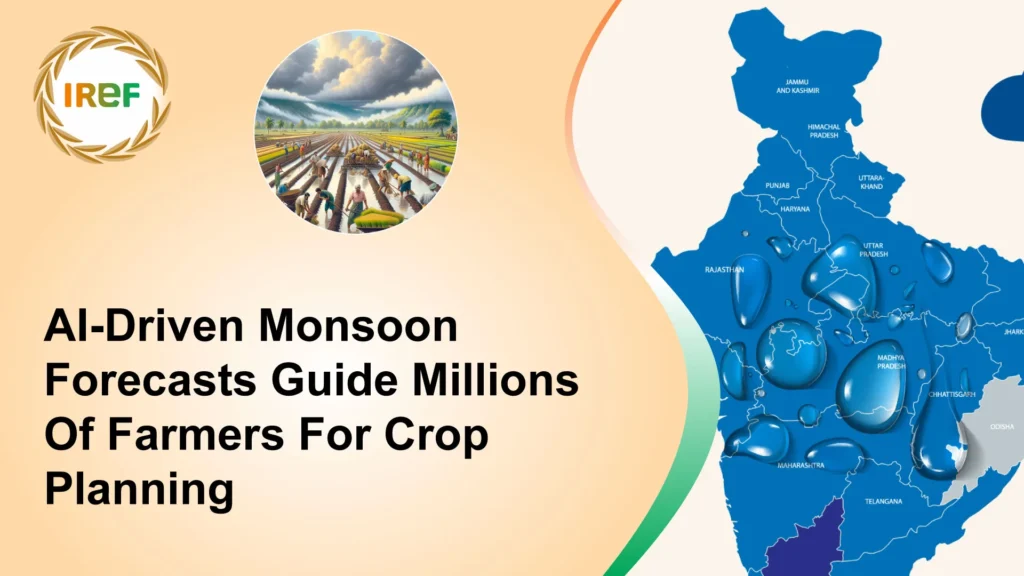AI-driven monsoon forecasts have guided around 38 million farmers across India particularly in their crop planning, such as choosing whether to plant, change crops, or delay. NeuralGCM, a Google Research model, made this guidance accessible to farmers, which was improved by the University of Chicago by combining physics with machine learning to provide accurate monsoon forecasts.
Since weather and climate models are expensive and complicated, require a supercomputer to run. Google research team set out to explore whether these models could be created efficiently with greater accuracy, which led to the development of NeuralGCM.
NeuralGCM enabled University of Chicago to integrate with existing forecasting systems
Apparently, this AI-based model is trained on historical weather data to conclude patterns and learn from past events, using physics. As NeuralGCM was open-sourced, the University of Chicago’s Human-Centered Weather Forecasts Initiative found that one of the most difficult decisions for Indian farmers is the timing to sow their seeds, including crop planning. Through rigorous testing of various AI weather models, the University of Chicago team discovered that NeuralGCM, integrated with other advanced models such as the European Centre for Medium-Range Weather Forecasts (ECMWF)’s Artificial Intelligence/Integrated Forecasting System (AIFS) and historical data, turned out to be the most effective tool. It accurately delivers Indian monsoon forecasts up to a month ahead, even identifying an unusual dry spell during its progression that ultimately helps farmers for their crop planning.
How AI-driven monsoon forecasts help farmers with their crop planning?
In collaboration with the Union Ministry of Agriculture and Farmers’ Welfare, the University of Chicago used this integration of AI models to deliver accurate and advanced monsoon forecasts by SMS to around 38 million farmers this summer. This allows farmers to adjust their crop planning, such as deciding when to sow, when to buy additional seeds, shift to alternative crops or wait and helps them adapt to an unusually delayed monsoon season.



